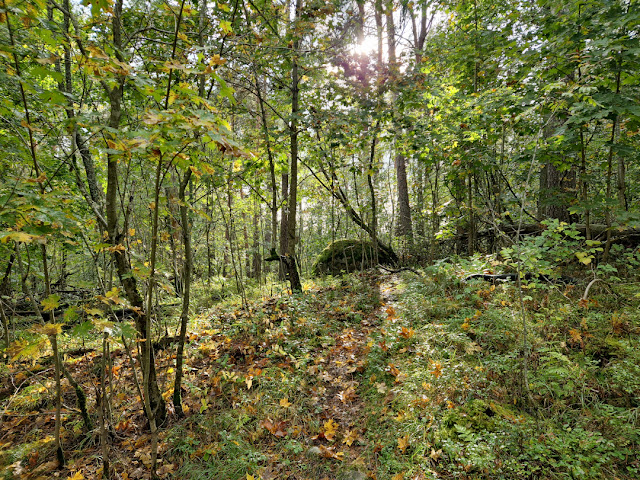Edible forest mushrooms are a tasty excuse to spend time in the forest. The forest in which my family and I picked mushrooms is dry and slightly hilly. Pine and birch trees grow here, and there are large boulders. Wild mushrooms - these delicious edible mushrooms are perfect for beginner pickers!
There are many different edible species of mushrooms and I want to tell you about Boletus (Boletus), and Chanterelles (Cantharellus)
One of the most popular edible mushrooms is Boletus edulis, which is also called porcini, king Boletus or penny bun. Some of the most popular and valuable of them include king Boletus and bronze Boletus. Many novice foragers begin their mushroom journey by studying these wonderful mushrooms.
Boletus, also known as porcini mushrooms grow in the wild. They have a unique fleshy cap and thick stem, a distinct appearance with a fleshy, spongy layer on the cap and pores on the underside. The stem is easily separated from the cap.
In Europe and Russia, fresh Boletuses are available in summer and autumn. Dried, canned and pickled Boletus mushrooms are sold all year round. I love Boletus soup or fried Boletus mushrooms with potatoes and onions.
Chanterelles (Cantharellus)
There are many different types of Chanterelles. They thrive in moist mixed deciduous forests and coniferous forests in the northwest. Most Chanterelles are golden or yellow in color, as well as some white and blue species. Chanterelles are highly valued in cooking for their unique taste and ease of preparation. They can be fried, dried, cooked in wine and much more!
They taste and smell like fresh apricots, and the aroma is absolutely unforgettable when you go home with a basket full of the harvest.
These yellow or orange, funnel-shaped, fleshy mushrooms are the best-known consumed species of wild mushroom. Some Cantharellus species have a fruity odor and a slight peppery taste. Beneath the smooth cap, these mushrooms have gill ridges that extend down to a stipe (pedicle) that tapers downward from the cap. True Chanterelles have wrinkles or ridges on their stems.
I love hunting Chanterelles because there are always a lot of them in one place. In addition, they are rarely affected by pests - flies, slugs, worms. How do I cook them? I usually fry Chanterelles with onions and vegetables, and the cooking time is no more than 10 -15 minutes, because they shrink greatly.
Have you ever picked wild mushrooms in a forest? How do you use mushrooms?




























